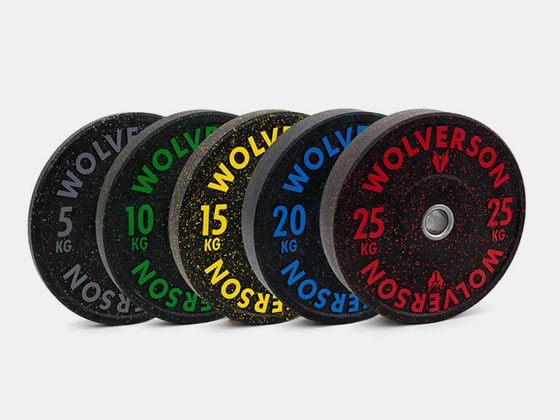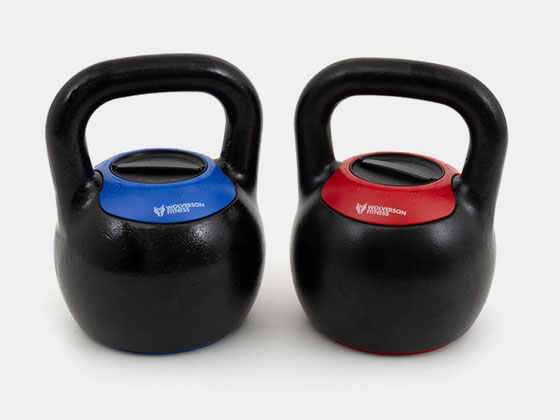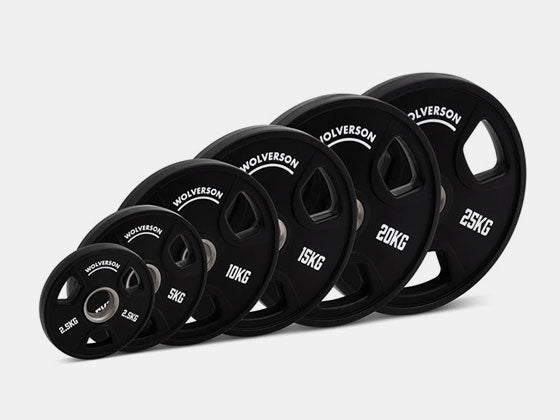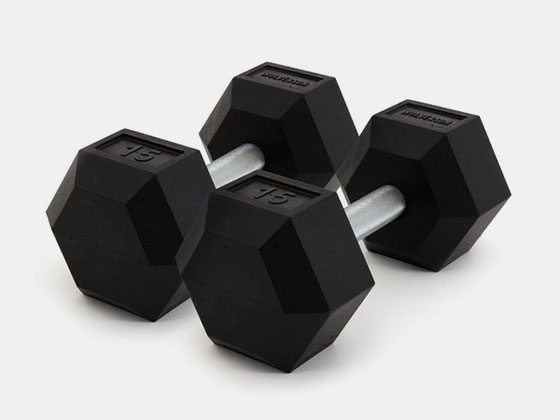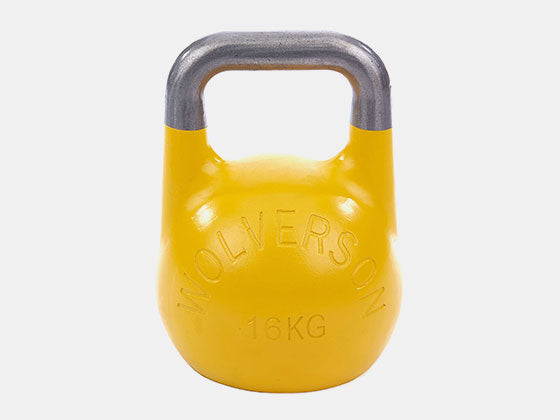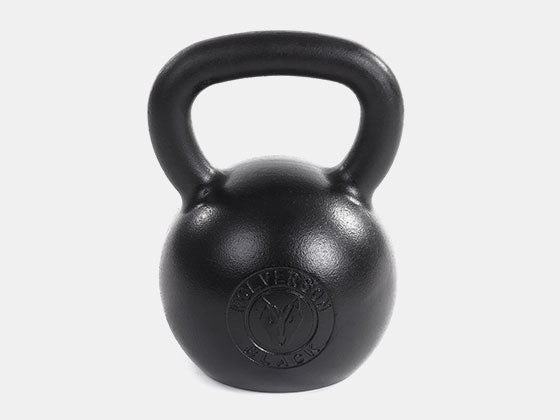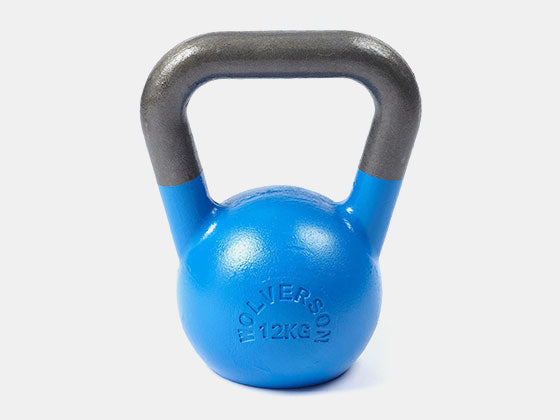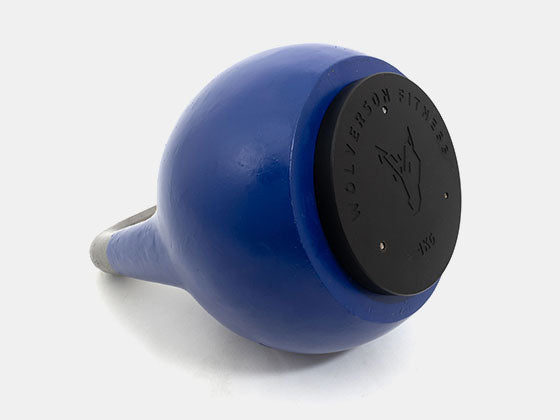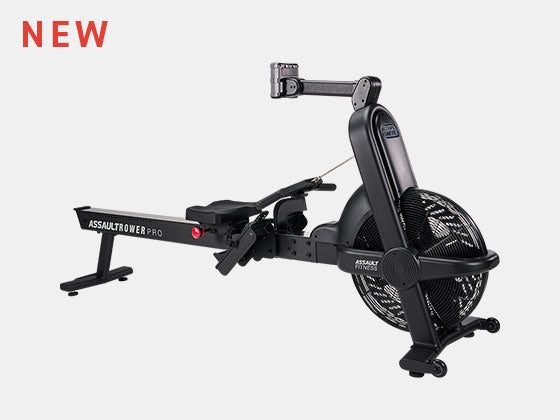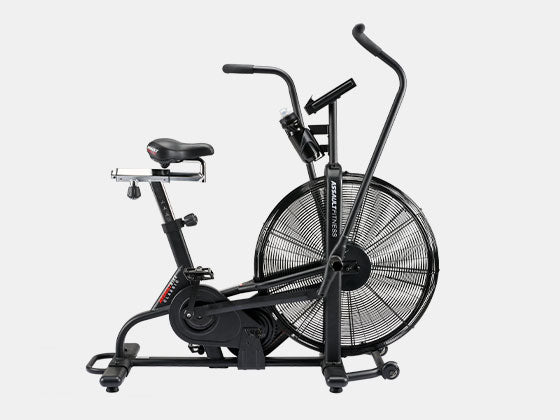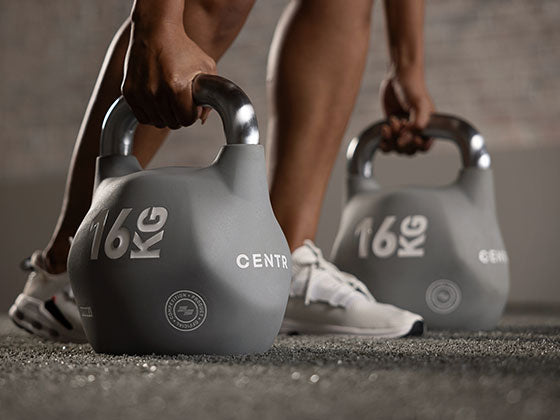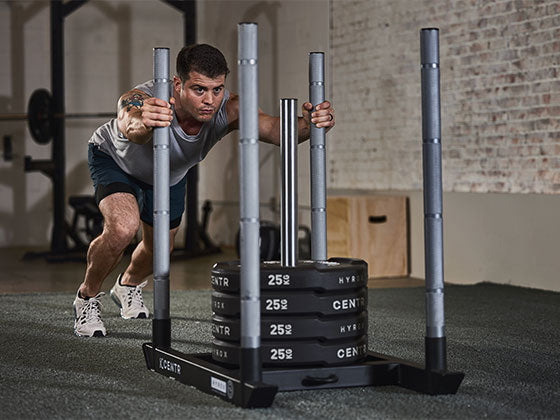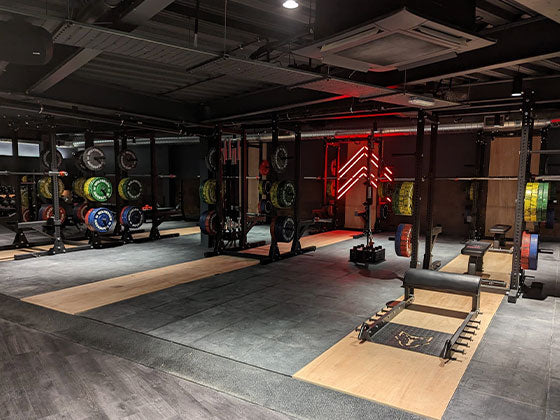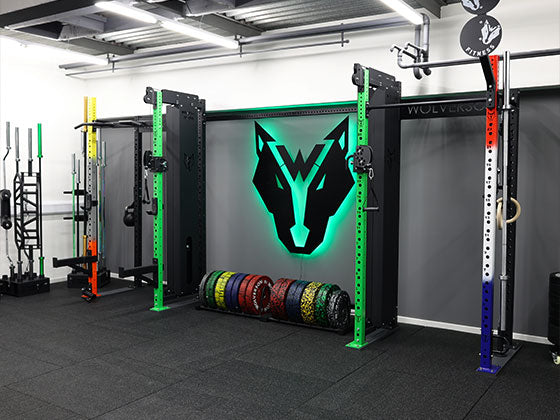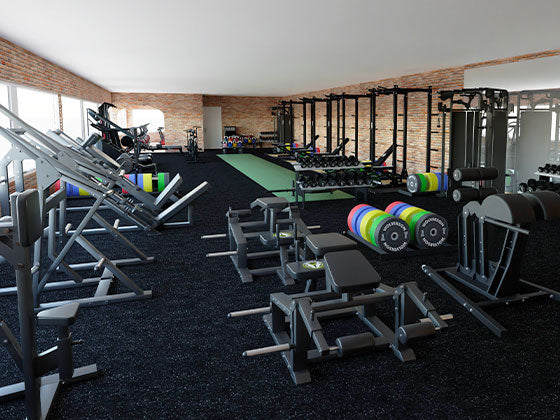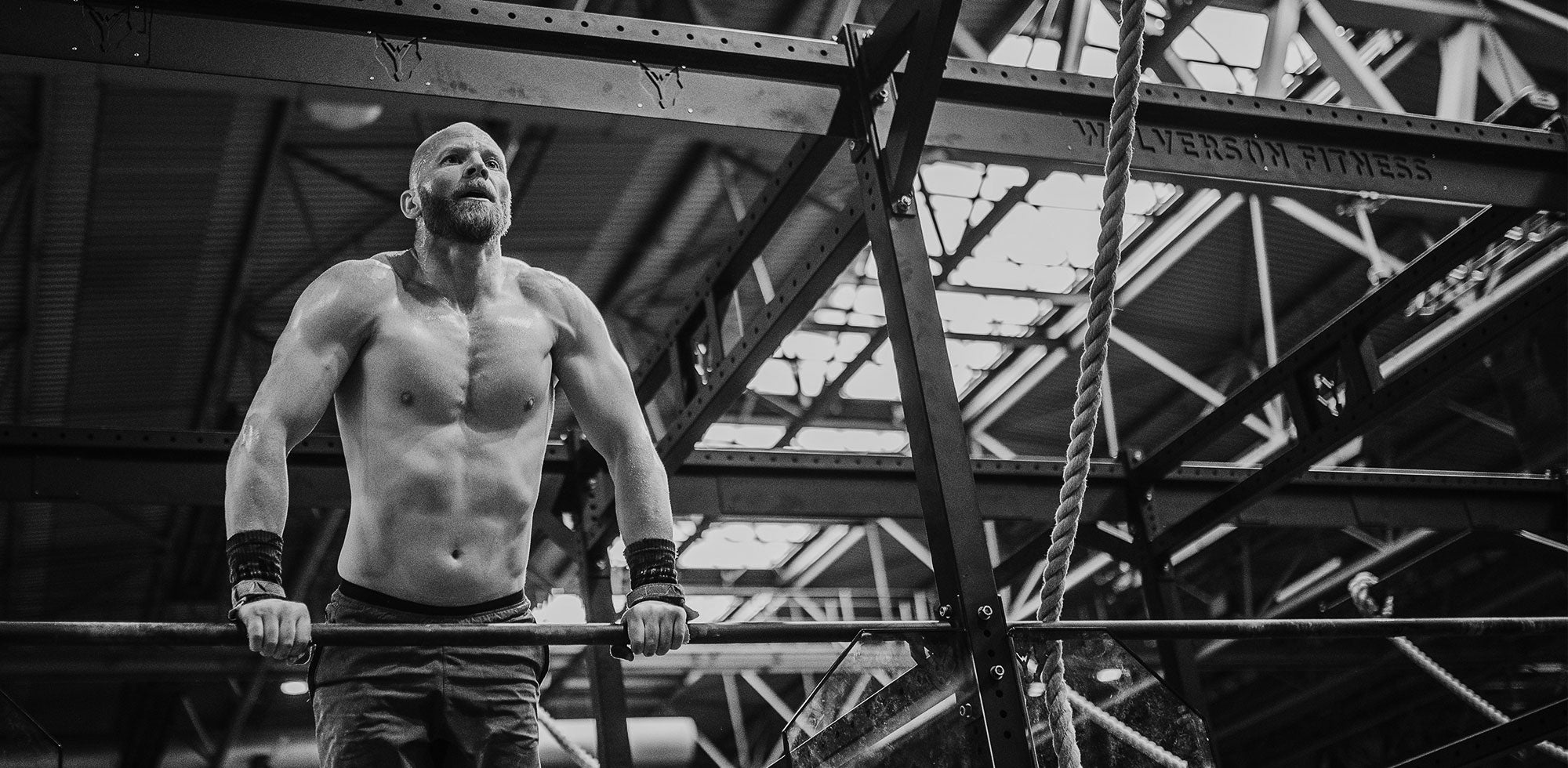By Claire Booth. Senior StrongFirst Certified Instructor and owner of Bodyology.
During these challenging times of the global Covid-19 pandemic, the kettlebell has become a valuable commodity. With gyms not being able to operate normally and many PTs using video platforms to coach, the popularity of training at home has soared, and the kettlebell has come into its own.
This complete handheld gym was deemed to be a fad a few years ago by many trainers who said it has no benefit or place in strength, endurance, or fitness programs. However, kettlebell training has been around for centuries, and with good reason. It is an inexpensive and versatile piece of equipment that requires minimal space to use or store. Most importantly, used well, it can deliver all-round functional results that carry over into a huge range of sports and daily activities.
You have probably already heard that the kettlebell can help you massively improve conditioning, strength, fat loss, and endurance. Numerous studies have shown it can improve a variety of athletic qualities, from Vo2max in Olympic swimmers to jump-height in professional ballerinas.
And despite doubters wondering how a relatively small weight can increase absolute strength, Dr. Jason Lake from the University of Chichester concluded that the kettlebell swing alone “increases maximal and explosive strength”.
A man who knows about absolute strength, Andy Bolton, the British Powerlifter who was the first to deadlift 1000lbs, and co-wrote ‘Deadlift Dynamite’, credits the kettlebell for increasing his work capacity, improving his strength around his lower back, glutes and hamstrings, and strengthening his grip further still.

One Tool, Two Styles
However, as with any piece of equipment, the kettlebell is only effective if you know how to use it correctly. Confusingly, you will often see and hear very conflicting instructions on the kettlebell technique. A lot of this stems from there being two main and contrasting styles of kettlebell training: hardstyle (HS) and Girevoy Sport (a.k.a., GS or Competition).
You will hear differing opinions that one style or the other is right. I am in my second decade of coaching kettlebells; my first few qualifications were in GS, and I now predominantly teach HS, so I have experience in both camps.
In reality, both styles promote strength and fitness, so which one is right for you is often a matter of personal preference and what you are trying to achieve. Whether you’re new to kettlebells or have been using them for a while, it’s worth understanding the similarities and key differences between the two
The Birth of Girevoy Sport

Both GS and hardstyle have their roots in the Russian military, where kettlebells have been a staple of physical training since the 19th century. Various competitions evolved over the years, and these became formalized as a distinct sport after World War II. The rules became standardized, based on the number of repetitions within ten minutes without setting the bell down, and this is the basis for modern Girevoy Sport.
Credit is usually given to Valery Fedorenko, founder of the World Kettlebell Club, for bringing GS to the USA in the 1990s before it then spread around the world. The sport now has many different federations, each with slight variations in rules, but all centered around endurance competitions, typically in snatches, jerks, or long-cycle (clean and jerk).
It is this need for endurance that has shaped the fluid GS style; the challenge is to keep all unnecessary tension and effort out of your grip, breath, and muscles as relaxed as possible to minimize fatigue throughout the ten minutes. This has lead to a very distinct style of lifting you won’t see in other disciplines.
A GS lifter has to build up tremendous ligamentous strength to support the weight for such a long time without rest, and considerable aerobic capacity to last the course.
Within the UK, you can find GS-style courses and certifications from names such as the IKFF, BKU, GSU, and IUKL.
What is Hardstyle?
Hardstyle was developed when the Soviet special forces realized the relaxed, fluid style of GS didn’t develop the type of strength or power they needed for their fast, aggressive hand-to-hand fighting techniques. Former Spetsnaz physical training instructor, Pavel Tsatsouline, bought the technique to the US in 1998 and quickly became a Subject Matter Expert to the elite of the US military and law enforcement, including the Marines, the Secret Service, and the Navy SEALs.
Pavel co-developed the Russian Kettlebell Challenge (RKC) and then left to form his own all-round strength training company, StrongFirst, in 2012. StrongFirst now runs kettlebell, barbell, and bodyweight courses and certifications all over the world, including here in Britain.
The hardstyle approach favors power production instead of economy. It incorporates more lifts than GS and divides them into grinds and ballistics. Grinds are lifts that require constant effort and total body tension, such as a strict press; ballistics requires explosive power, such as the swing, clean, or snatch.
Unsurprisingly, this combination of being able to generate power and controlled tension carries over directly into barbell lifts, bodyweight training, and martial arts. Less obviously, it also has huge crossover benefits to a very wide range of seemingly unrelated sports and activities. Pavel called this the “What the hell?” effect. It also has surprising benefits for endurance athletes.
As strongman Earle Liedeman said, “...what's endurance except for continued strength?”.

Besides a contrasting need for power and tension, there are other notable differences between the two styles. The hardstyle ballistics employ the athletic hip hinge, where GS uses less knee flexion, akin to a Romanian deadlift.
The timing and focus of breathing during the lifts are predictably more relaxed in GS and explosive in hardstyle.
The method of holding the bell is another contrast; you want a relaxed but secure grip to hold bells for ten minutes during GS, while a crush-grip helps stabilize the shoulder during hardstyle grinds.
Iron and Steel
Just as there are two main styles of kettlebell lifting, the same goes for the kettlebells themselves. The most visible difference is that steel GS (or comp) bells are all the same size, regardless of weight. That is why they are identified by colour, e.g., yellow for 16kg, green for 24kg. Hardstyle favors cast-iron kettlebells, where the size of the bell and the thickness of the handle increase as the weight gets heavier.
While each type of bell is best-suited to one style of lifting, it is still possible to use GS bells for hardstyle training, and vice versa. The most important consideration, especially when starting out, is to use a good quality bell with a well-finished handle. My studio is home to both styles of bells and they’re still going strong after many years of use.
GS vs HS? Not really…
In summary, while GS and HS lifts have the same names, they are performed very differently. It is like comparing marathon running and sprinting: the same exercise, executed with significant differences in technique, power production, and the energy systems used.
Neither skill set is better by default, and both forms of lifting can complement each other. Like many things, people can become very entrenched as to which is right and wrong. However, both develop strength, endurance, and mobility when done well.
If you’re not sure which to try, one consideration is why you are training in the first place. GS is a sport by itself, so if you are looking for something competitive to get your teeth into, it may be the answer. Meanwhile, hardstyle is best suited to help you train for other sports and activities, so whether you are into martial arts, triathlon, court sports, or ball sports, it can boost the qualities you need to improve your performance.
Whichever style of kettlebell training interests you, good technique is vital. Whether you want to train GS or hardstyle, it is always advisable to seek out the help of a proficient and experienced coach so you can learn how to use this invaluable tool safely and effectively.
Claire Booth

